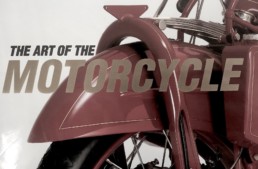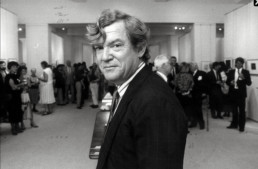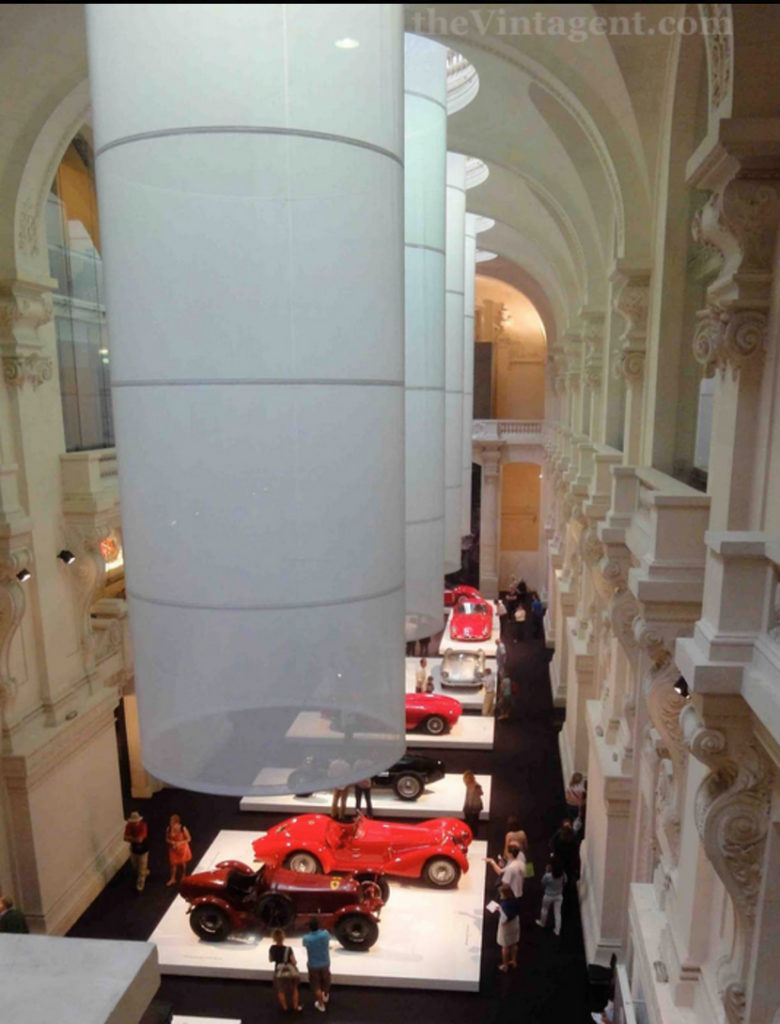
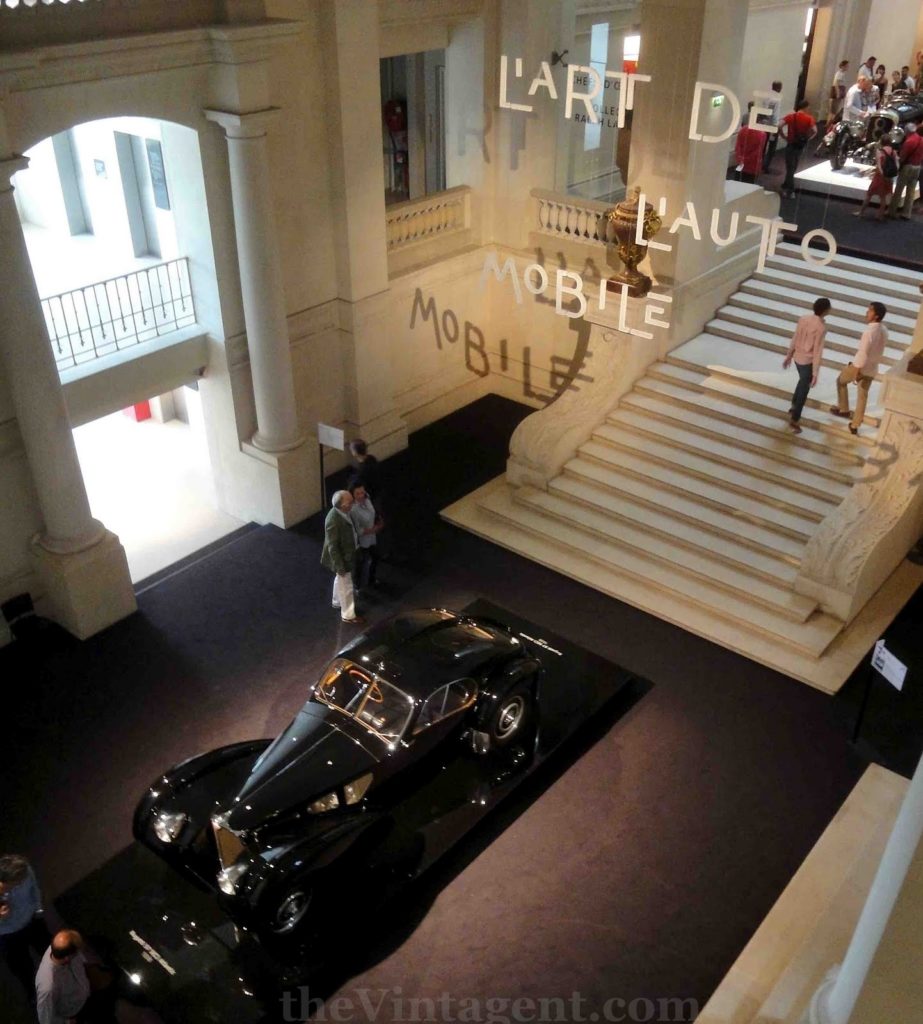
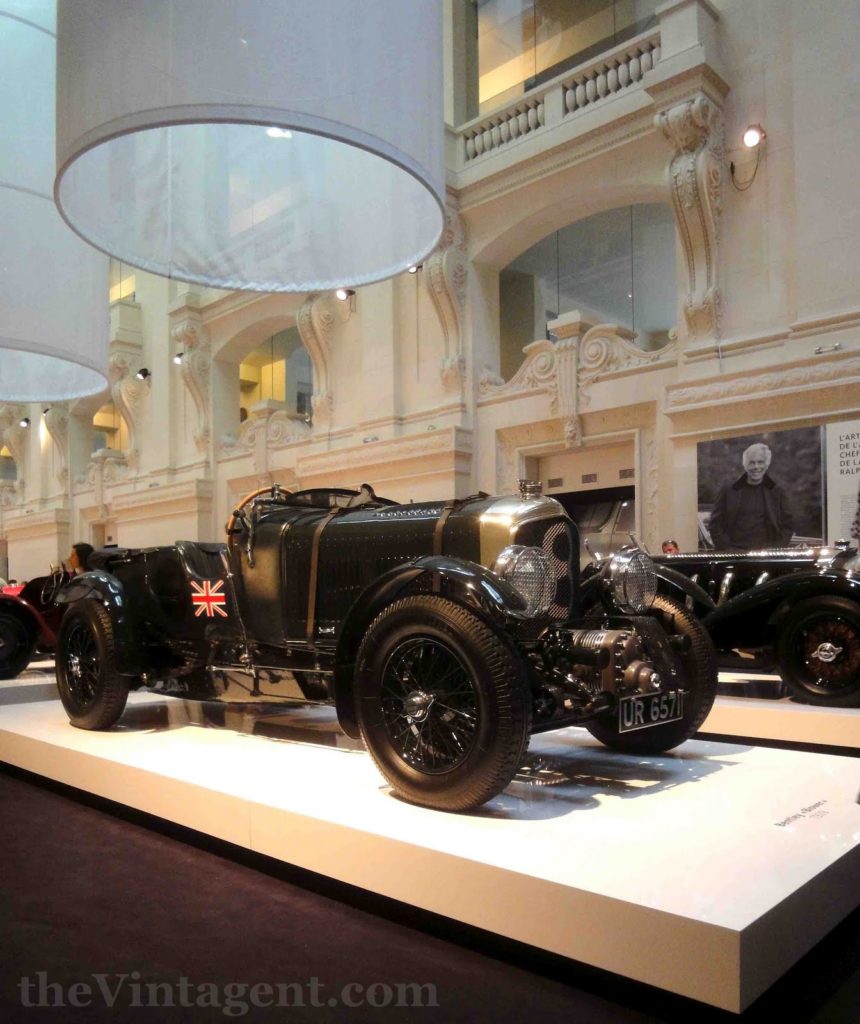
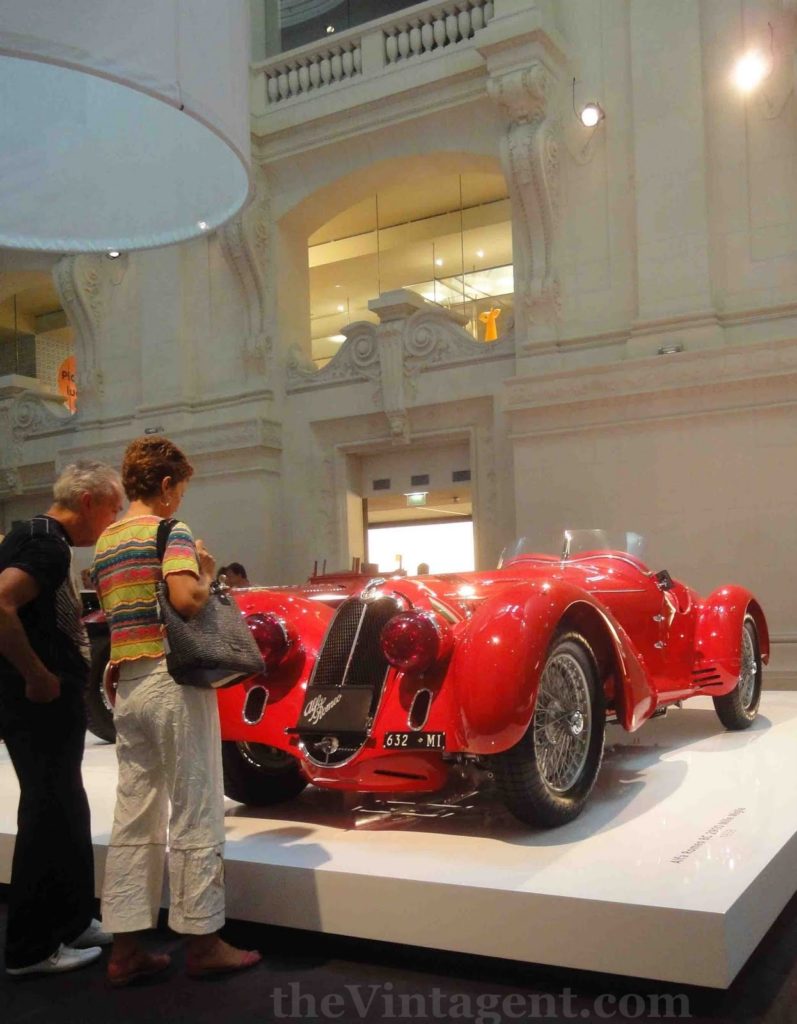
“Thomas Kohler, the initiator of the Charter, explained: ‘You have to understand the amount of lying, past and present, in the historic vehicles community, how often people try to bring fakes into circulation as “veterans”. The practice of converting stately town cars or saloons into racing cars by shortening the chassis is not in line with FIVA rules. Article 4.2 [of the FIVA statutes] “…To support and encourage the restoration, preservation, use and documentation of historic vehicles of all kind…” spells out this objective.’ … Fakes or vehicles that suffered extensive changes to their engineering and appearance that their historic reference is lost would not stand any chance of being registered as historic vehicles…The purpose of the Charter is to preserve the historic substance of historic vehicles unaltered and ensure through their active use, maintenance, conservation, restoration and repair that future generations can enjoy these cultural treasures….As defined in the Turin Charter; the collective term historic vehicles includes automobiles, motorcycles, utilitarian vehicles, trailers, bicycles und other mechanically operated vehicles… On a diplomatic level, the FIVA hopes to achieve this with reference to the UNESCO Convention on the Means of Prohibiting and Preventing the Illicit Import, Export and Transfer of Ownership of Cultural Property of 14 November 1970, which is enforced by 120 signatory states.”
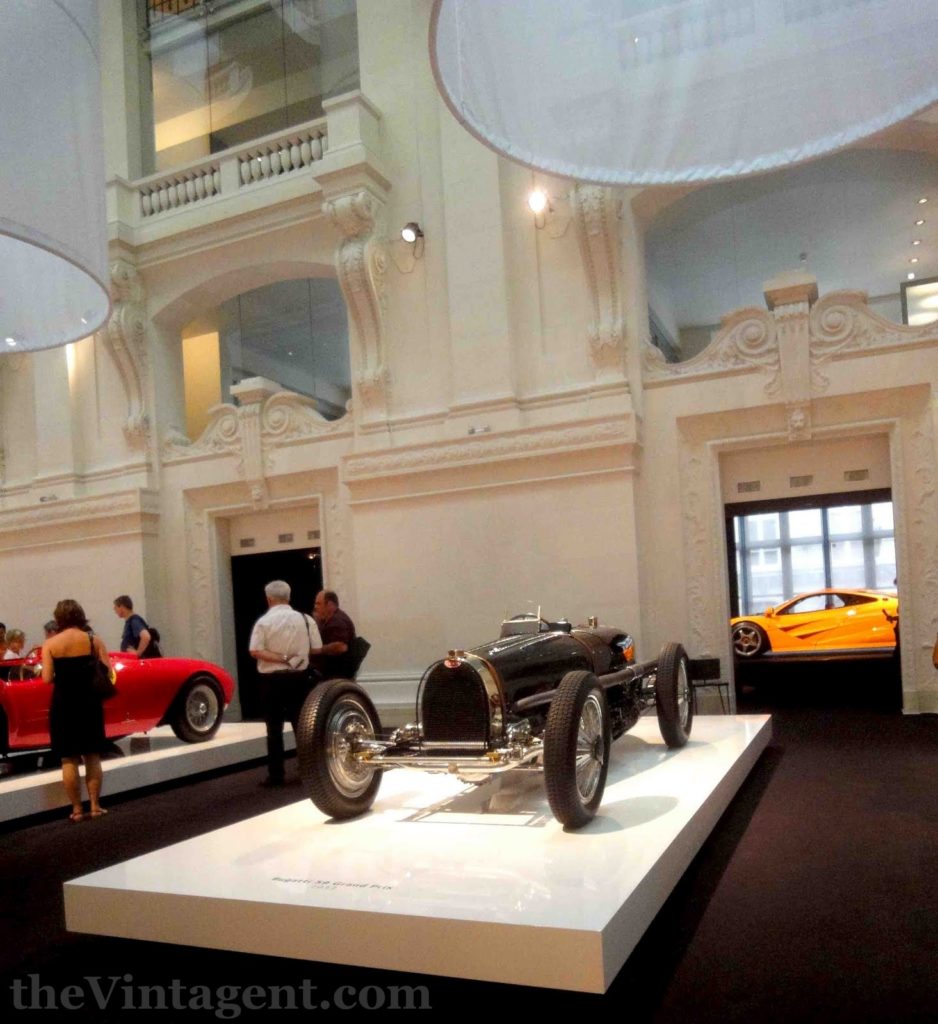
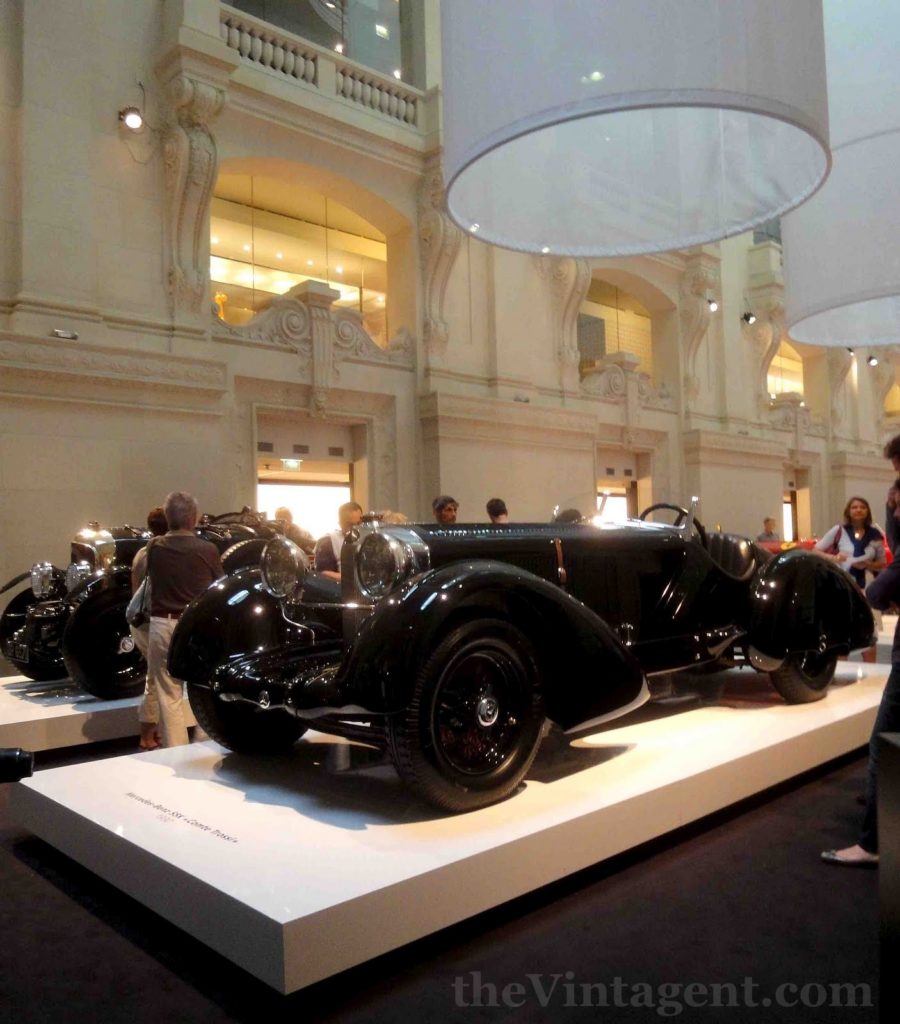
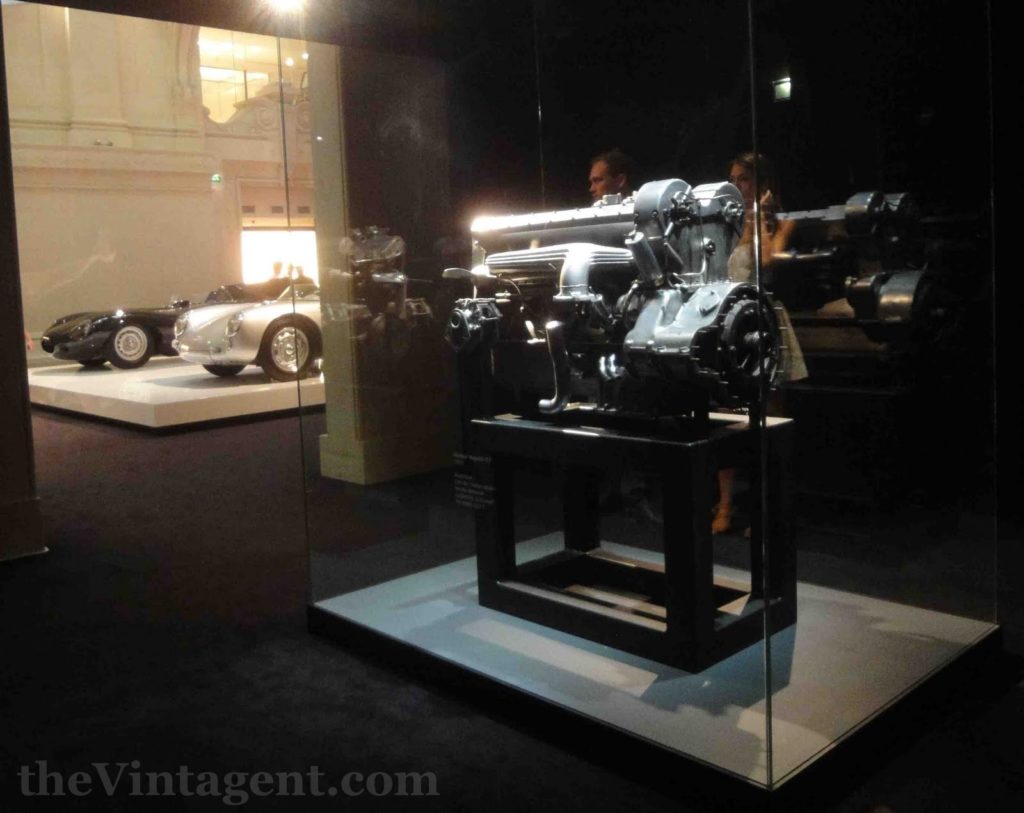
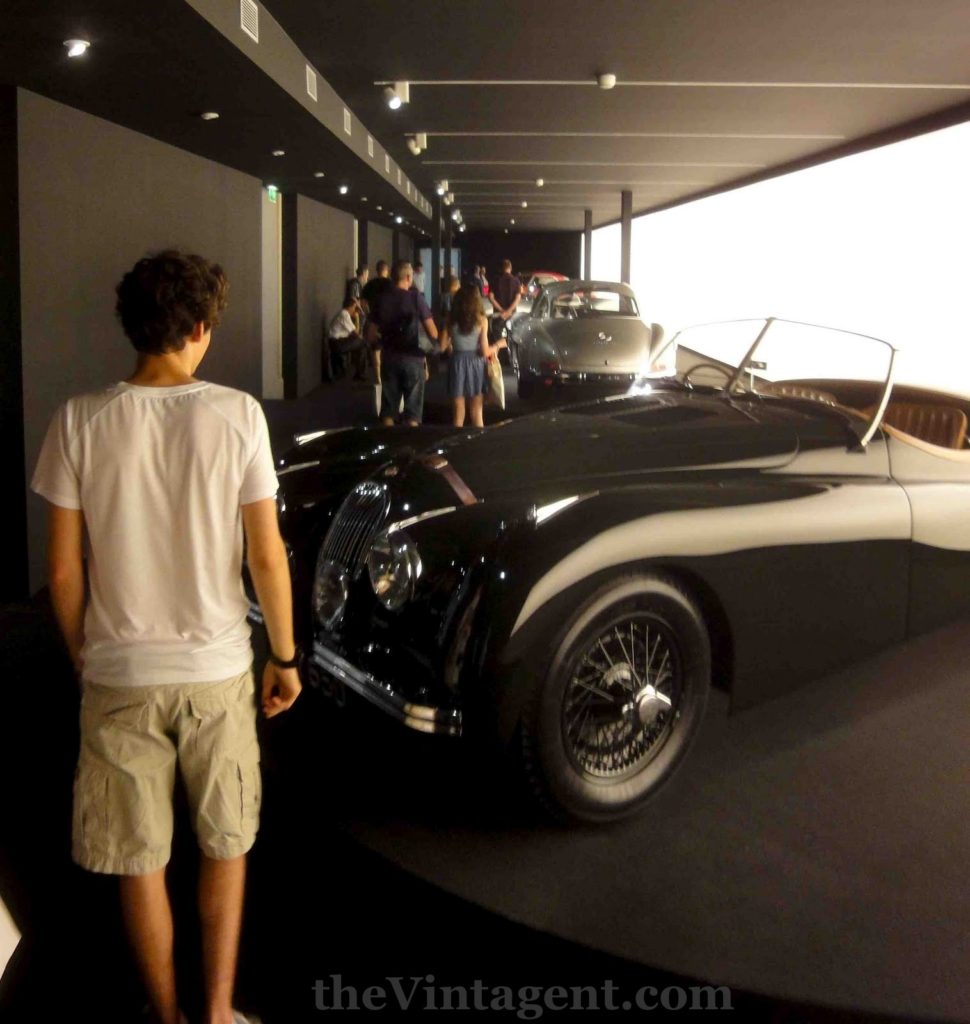
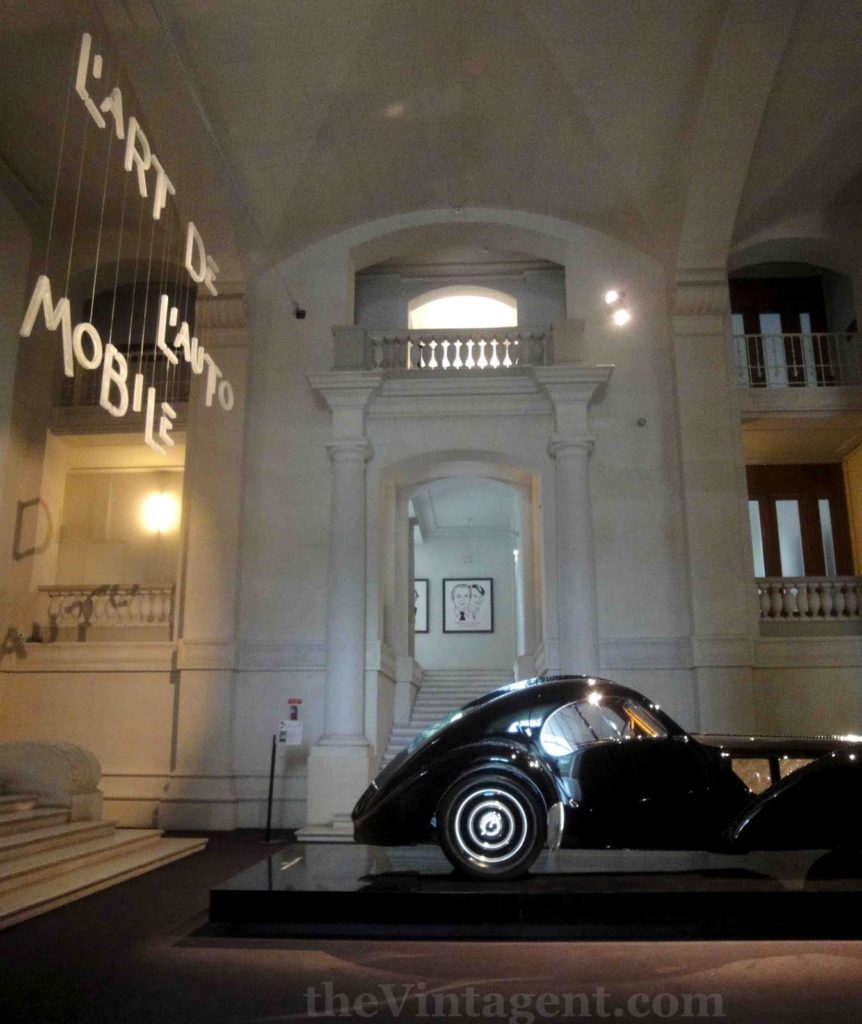
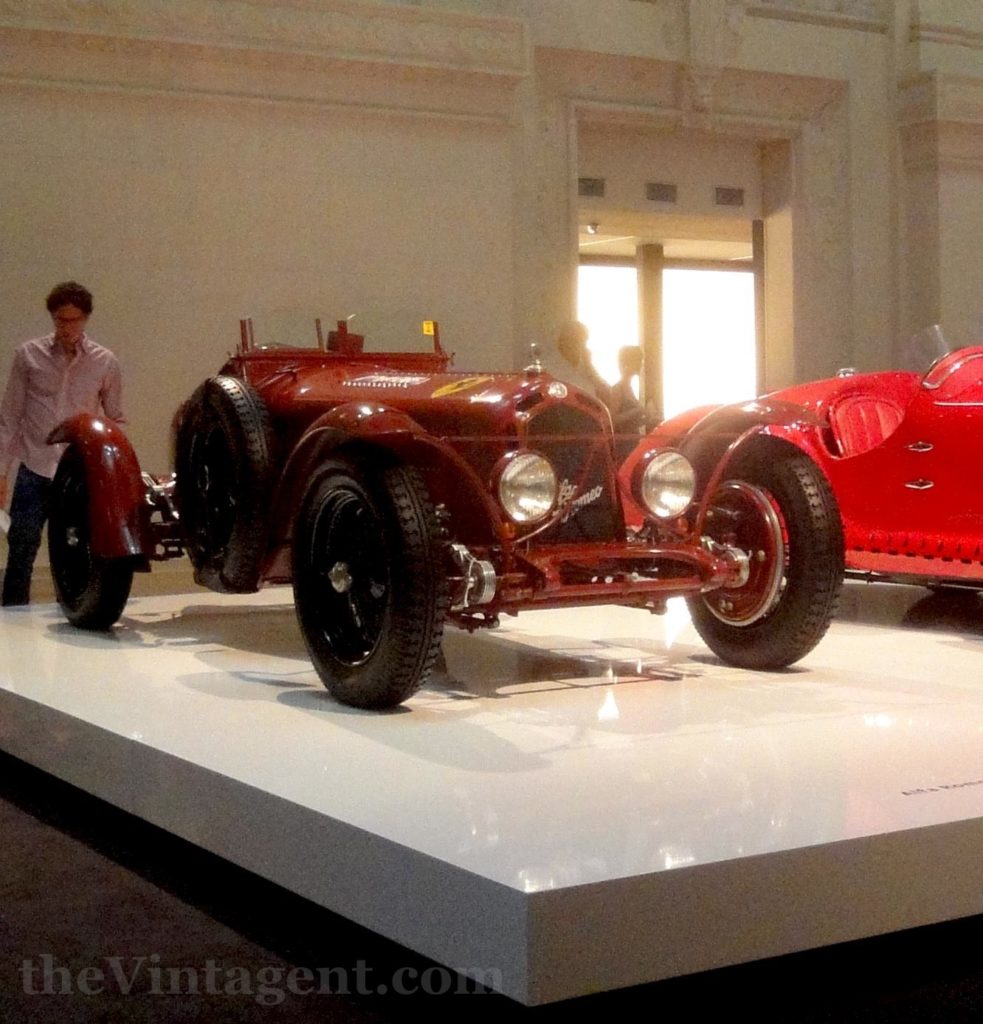
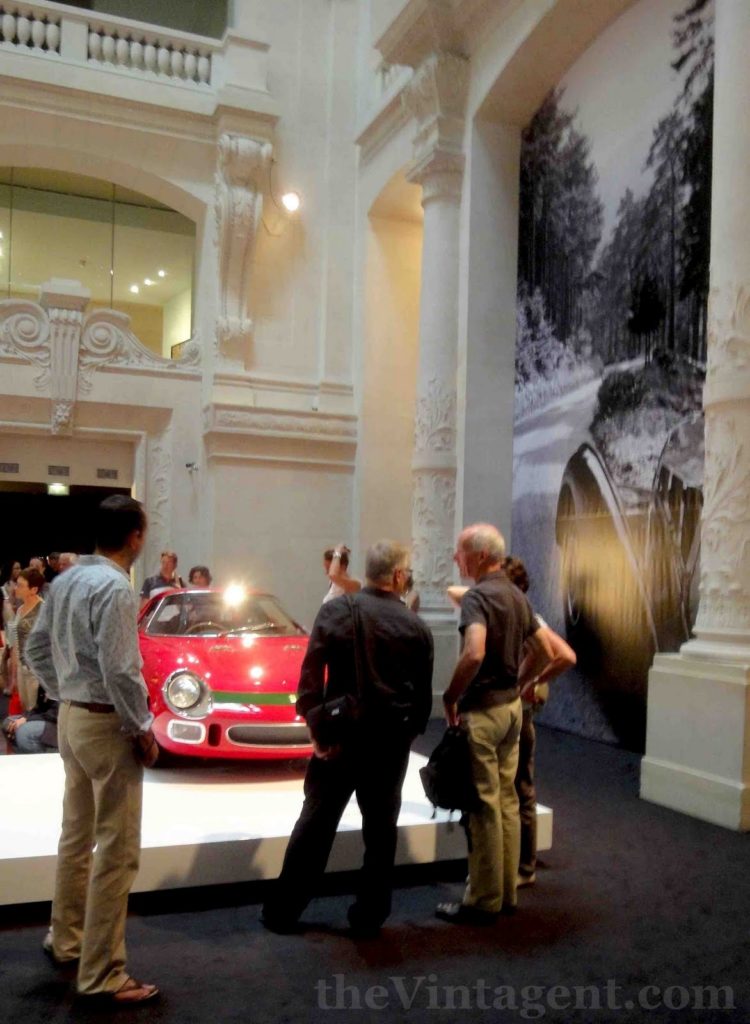
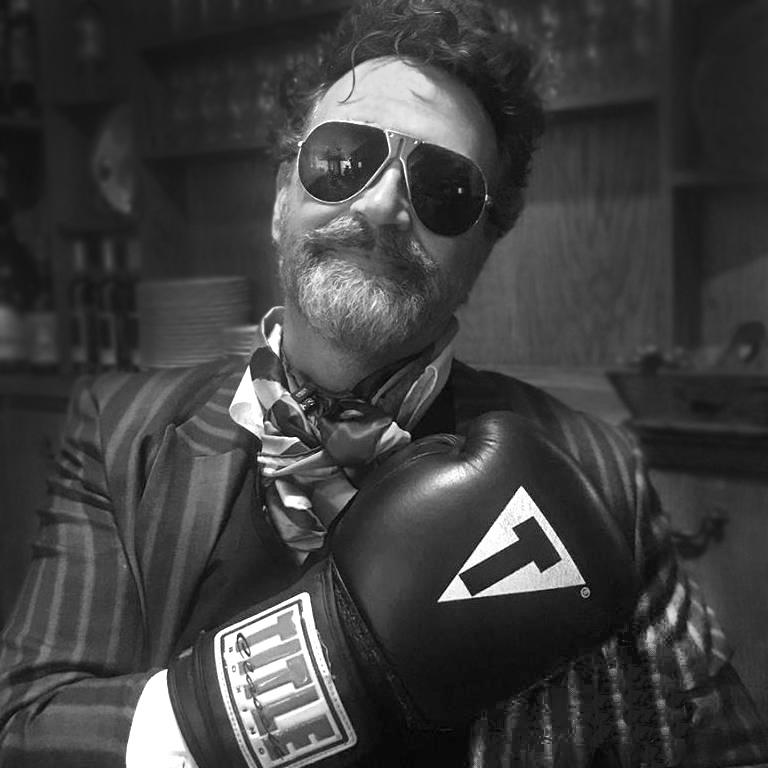
Related Posts
July 8, 2017
The Vintagent Trailers: Mancini, The Motorcycle Wizard
The mechanic that helped debut five of…

